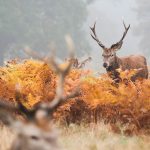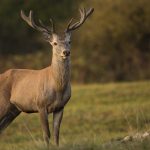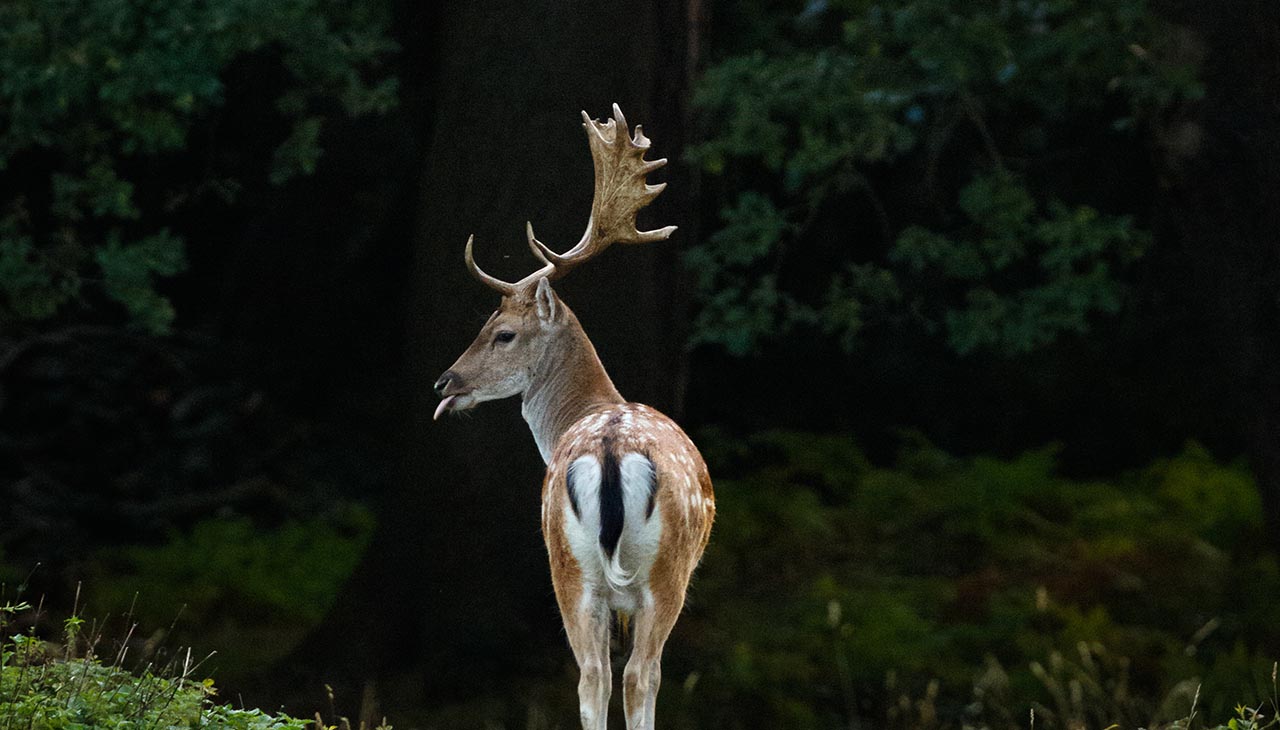Deer behavior is not only influenced by the changing of the seasons but also significantly impacted by daily weather conditions. Unpredictable weather variations can alter deer’s feeding, mating, and migration patterns. Understanding these behaviors can greatly assist hunters and wildlife observers in predicting deer movements. This guide aims to explore the intricate relationship between weather conditions and deer behavior to provide valuable insights for enthusiasts and professionals alike.
Seasonal Variations
Seasonal variations play a significant role in shaping deer behavior throughout the year. Understanding these variations can provide valuable insights for hunters, wildlife enthusiasts, and researchers. Let’s explore how weather affects deer behavior during each season.
Spring
During spring, deer experience the mating season or rut. Weather conditions can influence their behavior in several ways. As temperatures rise, deer become more active, engaging in aggressive rutting activities such as chasing and fighting. Additionally, the lengthening daylight triggers an increase in feeding patterns as they prepare for the upcoming fawning season.
Summer
In summer, deer adapt to warmer temperatures by adjusting their behavior. They spend more time resting and seeking shade during the hottest parts of the day. Deer also change their feeding patterns, focusing on high-water content plants to stay hydrated. During this season, deer tend to be less active overall.
Fall
Fall is a crucial time for deer as they prepare for winter. Migration and movement patterns are influenced by weather conditions. Cooler temperatures and changing foliage trigger the instinct to migrate to wintering areas with better food and shelter. Deer become highly active, engaging in feeding frenzies to build up fat reserves for the upcoming winter months.
Winter
Winter poses significant challenges for deer due to colder temperatures and limited food sources. Deer adapt by reducing their movement and conserving energy. They often form large groups to seek warmth and protection. In severe weather, deer may resort to feeding on woody browse and relying on stored fat reserves for survival.
Understanding these seasonal variations and how weather affects deer behavior can be crucial for hunters and wildlife managers. By adapting hunting strategies and observing deer movement patterns based on the weather conditions, one can increase their chances of success and gain a deeper understanding of these magnificent creatures.
Specific Weather Conditions and Their Effects
Specific weather conditions can have various effects on different aspects of the environment and human activities. Here are a few examples:
Temperature
Temperature changes can impact ecosystems, agriculture, and human health. Warmer temperatures can lead to increased evaporation, droughts, and heatwaves, affecting water availability and crop yields. On the other hand, colder temperatures can result in freezing conditions, affecting transportation and causing frost damage to crops.
Precipitation
Alterations in precipitation patterns can have significant consequences. Heavy rainfall can cause flooding, leading to property damage, displacement of people, and loss of life. Conversely, prolonged periods of reduced rainfall can result in droughts, affecting agriculture, and water supplies, and increasing the risk of wildfires.
Storms
Severe weather events like hurricanes, tornadoes, and storms can cause widespread destruction. High winds, heavy rainfall, and storm surges can lead to property damage, infrastructure disruptions, and even loss of life.
Air Quality
Weather conditions can influence air quality. Certain weather patterns, such as temperature inversions, can trap pollutants close to the ground, resulting in poor air quality and respiratory issues. Additionally, extreme heat and wildfires can release harmful pollutants into the air.
Extreme Weather Events
Climate change is leading to an increase in the frequency and intensity of extreme weather events. Heatwaves, heavy rainfalls, floods, and droughts can have far-reaching impacts, affecting ecosystems, agriculture, infrastructure, and human health.
Conclusion
Understanding the profound impact of weather conditions on deer behavior provides valuable insights not only for hunters and wildlife enthusiasts but also for ecologists and research scientists. It helps us unravel the intricate balance of the ecosystem that these creatures inhabit. Being aware of these factors also allows us to devise effective wildlife management strategies and make informed decisions, thus promoting healthy deer populations and rich biodiversity. As the unpredictable effects of climate change continue to unfold, understanding these behavioral patterns becomes increasingly crucial in our collective effort to conserve and protect our natural world.





